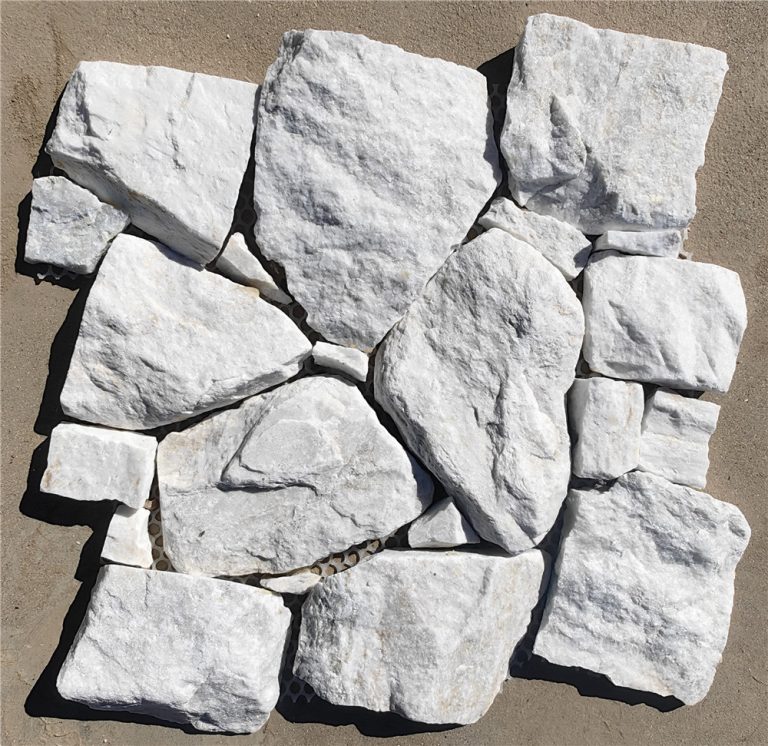Introduction:
Luxury cultured stone, also known as manufactured stone or faux stone, has become a popular choice for homeowners, architects, and designers looking to add elegance and sophistication to their projects. This versatile material offers the beauty of natural stone while providing greater affordability, durability, and versatility. In this comprehensive guide, we will explore the various aspects of luxury cultured stone, including its history, manufacturing process, benefits, applications, and maintenance.
History of Luxury Cultured Stone:
The concept of manufactured stone dates back to ancient civilizations, where artisans would create imitations of natural stone using materials like lime, sand, and pigments. However, it wasn't until the 20th century that modern techniques for producing luxury cultured stone were developed. In the 1960s, companies began to refine the manufacturing process, resulting in more realistic and durable products that could mimic the look of natural stone.
Manufacturing Process:
Luxury cultured stone is typically made from a mixture of cement, aggregates, and iron oxide pigments to mimic the colors and textures of natural stone. The manufacturing process involves pouring the mixture into molds that are designed to replicate the desired stone shapes and textures. Once the molds are filled, the stone is cured and then treated to achieve the desired finish, such as a smooth surface or a rough-hewn texture.
Benefits of Luxury Cultured Stone:
1. Affordability: Luxury cultured stone is generally more affordable than natural stone, making it a cost-effective option for homeowners and builders.
2. Durability: Manufactured stone is highly durable and resistant to weathering, staining, and fading, making it ideal for exterior applications.
3. Versatility: Luxury cultured stone comes in a wide range of colors, shapes, and textures, allowing for endless design possibilities.

4. Lightweight: Unlike natural stone, which can be heavy and difficult to install, manufactured stone is lightweight and easy to work with.
5. Eco-friendly: Luxury cultured stone is often made from recycled materials, making it a sustainable choice for environmentally-conscious consumers.
Applications of Luxury Cultured Stone:
Luxury cultured stone can be used in a variety of applications, both indoors and outdoors. Some common uses include:
1. Exterior cladding: Manufactured stone can be used to enhance the exterior of homes, buildings, and other structures, adding visual interest and curb appeal.
2. Interior walls: Luxury cultured stone can create a cozy and inviting atmosphere when used on interior walls, such as in living rooms, kitchens, and bathrooms.
3. Fireplaces: Stone veneer is a popular choice for fireplace surrounds, providing a rustic and elegant look that complements any décor.
4. Accent walls: Cultured stone can be used to create eye-catching accent walls in both residential and commercial spaces, adding texture and depth to the design.
5. Landscaping: Luxury cultured stone can be used to create beautiful outdoor living spaces, including retaining walls, garden borders, and decorative features.
Maintenance of Luxury Cultured Stone:
While luxury cultured stone is relatively low-maintenance compared to natural stone, it still requires some care to ensure its longevity and beauty. Here are some tips for maintaining manufactured stone:
1. Roofing slate color options available : To keep your cultured stone looking its best, clean it periodically with a mild detergent and water. Avoid using harsh chemicals or abrasive cleaners, as they can damage the finish.
2. Sealing: Depending on the type of manufactured stone you have, you may need to apply a sealer to protect it from water damage and staining. Consult with your manufacturer or installer for specific recommendations.
3. Inspections: Periodically inspect your cultured stone for any signs of damage, such as cracks or chips. Address any issues promptly to prevent further damage.
4. Repairs: If your luxury cultured stone becomes damaged, contact a professional installer to assess the extent of the damage and make any necessary repairs.
Conclusion:
Luxury cultured stone offers a perfect blend of elegance, durability, and affordability, making it an ideal choice for a wide range of design projects. Whether used for exterior cladding, interior walls, fireplaces, accent walls, or landscaping, manufactured stone can enhance the beauty and value of any space. By understanding the history, manufacturing process, benefits, applications, and maintenance of luxury cultured stone, homeowners, architects, and designers can make informed decisions when incorporating this versatile material into their projects.
